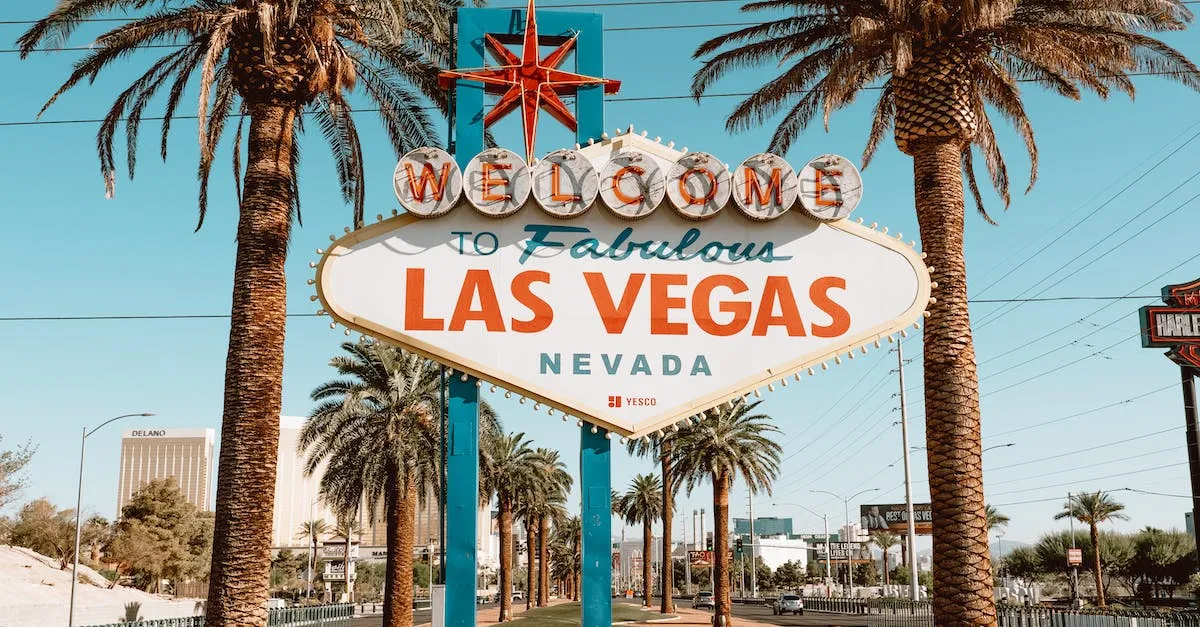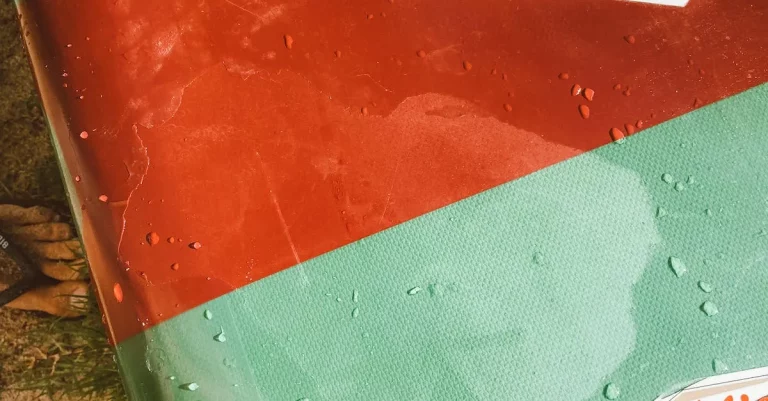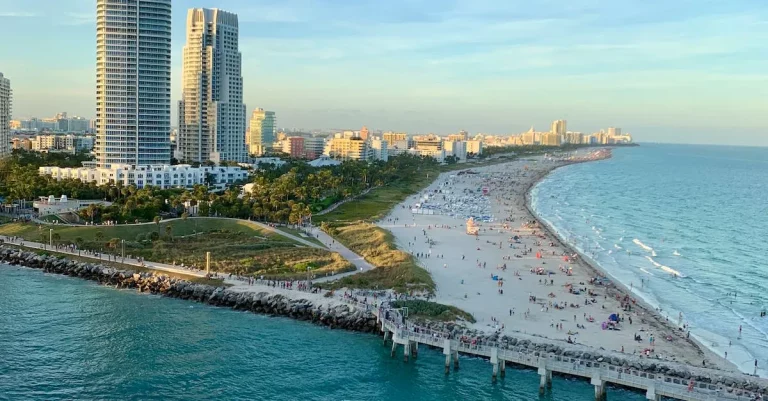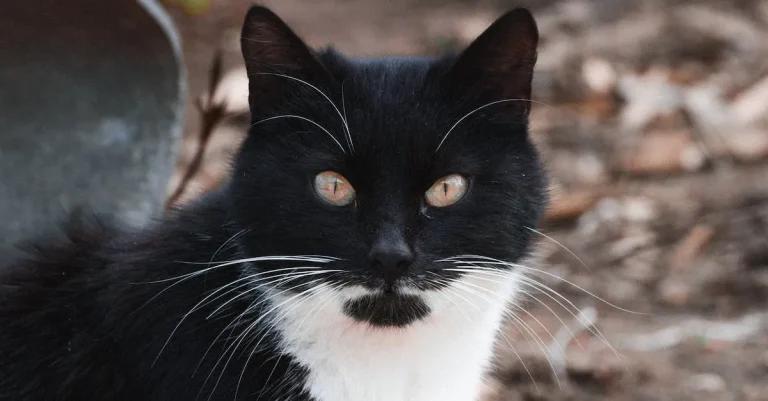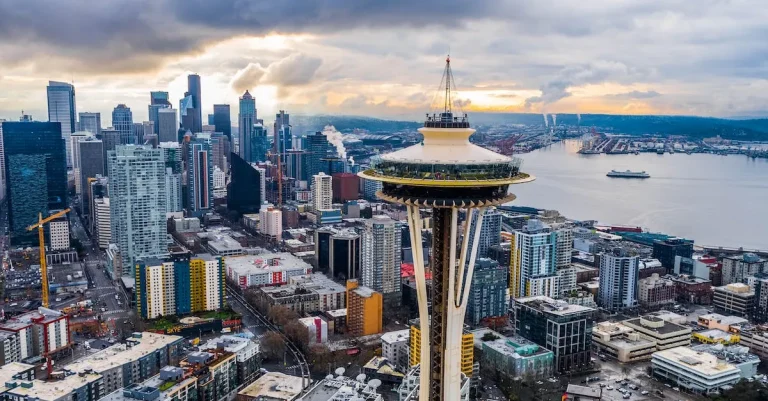Are Palm Trees Native To Las Vegas?
With their iconic fronds swaying in the breeze, palm trees are an integral part of the Las Vegas landscape. But are these distinctive trees actually native to the Nevada desert, or were they transplanted to the area by human activity? If you’re short on time, here’s a quick answer to your question: No, palm trees are not native to Las Vegas. They were imported to the area beginning in the 1930s. In this comprehensive article, we’ll explore the history of palm trees in Las Vegas, examine what native tree species grew in the area before palm trees appeared, look at the reasons they were brought to the city, and discuss the pros and cons of having non-native palm trees as the prevalent urban trees.
We’ll provide extensive background information to fully answer the question of whether palm trees are native to Las Vegas. By the time you finish reading, you’ll understand the origins of this quintessential part of the Vegas landscape.
The History of Palm Trees in Las Vegas
Las Vegas, known for its bright lights, vibrant nightlife, and iconic resorts, is also home to a surprising sight – palm trees. While the desert environment may not seem like the ideal habitat for these tropical trees, they have become a significant part of the city’s landscape.
Let’s delve into the history of palm trees in Las Vegas and how they have come to be such a prominent feature.
Palm Trees First Arrived in the 1930s
The introduction of palm trees to Las Vegas can be traced back to the 1930s. As the city began to grow and establish itself as a popular tourist destination, developers and landscapers sought ways to add a touch of allure and elegance to the desert landscape.
They recognized that palm trees, with their tall trunks and graceful fronds, would offer a striking contrast against the arid surroundings.
Initially, the palm trees were brought in from Southern California, where they were more commonly found. These early plantings were primarily concentrated around the city’s first luxury resorts, such as the El Rancho Vegas and the Last Frontier Hotel.
The sight of palm trees swaying in the desert breeze quickly became synonymous with the lavishness and glamor that Las Vegas was striving to embody.
Plantings Expanded in the Postwar Period
Following World War II, Las Vegas experienced a surge in population and tourism. As the city continued to expand, so did the presence of palm trees. The postwar period saw a significant increase in palm tree plantings throughout the city, as developers sought to create an oasis-like atmosphere amidst the desert landscape.
During this time, palm trees were not only planted at resorts and hotels but also along roadways, in public parks, and even in residential neighborhoods. The addition of palm trees not only enhanced the visual appeal of the city but also provided much-needed shade during the scorching summer months.
They Became an Iconic Part of the Vegas Image
Over the years, palm trees have become more than just a decorative element in Las Vegas – they have become an iconic symbol of the city. The image of palm trees lining the famous Las Vegas Strip is instantly recognizable worldwide and is often associated with the city’s vibrant entertainment and nightlife.
Today, Las Vegas boasts a diverse range of palm tree species, including the iconic Canary Island Date Palm and the Mexican Fan Palm. These trees, with their towering heights and lush foliage, continue to add a sense of beauty and allure to the desert landscape.
What Trees Naturally Grew in the Las Vegas Area
The native flora of the Las Vegas area was well-adapted to the harsh desert conditions. These plants had to withstand high temperatures, scarce water resources, and intense sunlight. While palm trees are often associated with Las Vegas, they are not native to the region.
The Native Flora was Well-Adapted to the Desert
The native trees that naturally grew in the Las Vegas area were uniquely suited to survive in the desert environment. These trees had evolved over time to thrive in the arid conditions, making the most of the limited water supply and the intense heat.
Their ability to adapt to the desert made them an essential part of the ecosystem.
One of the most iconic native trees in the Las Vegas area is the Joshua tree (Yucca brevifolia). These distinctive trees, with their spiky leaves and twisted branches, are a symbol of the Mojave Desert. Joshua trees are well-adapted to the arid climate and can survive in extreme temperatures.
Mesquite trees (Prosopis spp.) were also common in the Las Vegas area. These trees have long taproots that allow them to access deep water sources, making them resilient in drought conditions. Mesquite trees provided shade and shelter for wildlife in the desert, and their pods were an important food source for animals.
Common Native Trees Included Joshua Trees, Mesquites, and Junipers
Alongside Joshua trees and mesquites, juniper trees (Juniperus spp.) were prevalent in the Las Vegas region. These evergreen trees have adapted to the desert by having needle-like leaves that reduce water loss through transpiration.
Juniper trees are known for their distinctive blue berries, which are an important food source for many animals.
It’s important to note that while these native trees were well-suited to the desert environment, they were not as visually striking as the palm trees that are now commonly associated with Las Vegas. The introduction of non-native palm trees has changed the landscape of the city, adding a touch of tropical charm to the desert oasis.
If you want to learn more about the native flora of the Las Vegas area, the Nevada Native Plant Society is a great resource. Their website, https://nvnps.org/, provides detailed information about the plants that naturally grow in the region, including trees, shrubs, and wildflowers.
Reasons Palm Trees were Imported to Las Vegas
They Evoked a Tropical, Resort Feel
One of the main reasons palm trees were imported to Las Vegas is because they evoke a tropical, resort feel. The sight of palm trees swaying in the breeze instantly transports people to a vacation mindset.
Las Vegas, known for its luxurious resorts and entertainment, wanted to create an atmosphere that mirrored this image. Palm trees, with their tall trunks and lush green fronds, added a touch of paradise to the desert landscape.
Hardy Varieties were Well-Suited to the Climate
Contrary to popular belief, palm trees are not inherently native to Las Vegas. However, certain varieties of palm trees are well-suited to the desert climate. These hardy varieties, such as the Mexican Fan Palm and the California Fan Palm, have adapted to survive in hot, arid conditions.
They are able to withstand the extreme heat and low water availability that is characteristic of the Las Vegas climate. By importing these palm tree varieties, Las Vegas was able to introduce a touch of greenery and beauty to the city without compromising on sustainability.
Palm Trees Shade from the Desert Sun
Another reason palm trees were imported to Las Vegas is for their shade-providing capabilities. The desert sun can be relentless, with temperatures soaring during the summer months. Palm trees, with their wide canopies and dense foliage, provide much-needed shade to both locals and tourists alike.
Whether it’s a leisurely stroll on the Las Vegas Strip or a round of golf at one of the city’s renowned courses, palm trees offer respite from the scorching sun. This shade not only enhances the comfort of visitors but also contributes to the overall aesthetic appeal of the city.
The Pros and Cons of Non-Native Palm Trees
Pros: Aesthetic Appeal and Practical Benefits
Non-native palm trees, such as the popular Mexican fan palm (Washingtonia robusta) and the elegant queen palm (Syagrus romanzoffiana), add a touch of tropical beauty to the Las Vegas landscape. These palm trees are known for their tall, slender trunks and graceful fronds, creating a picturesque scene against the desert backdrop.
The aesthetic appeal of these trees can greatly enhance the visual appeal of residential and commercial properties, making them stand out in the arid environment.
Furthermore, non-native palm trees can provide practical benefits as well. Their dense foliage provides shade and shelter, making them ideal for creating comfortable outdoor spaces. They can also help reduce the glare of the sun, thus reducing the need for excessive air conditioning in buildings.
Additionally, palm trees are often used as windbreaks, helping to protect properties from strong desert winds.
Cons: Environmental Factors and Water Usage
However, there are important considerations to keep in mind when it comes to non-native palm trees in Las Vegas. One of the main concerns is their impact on the local ecosystem. Non-native species can disrupt the natural balance by outcompeting native plants for resources and altering the habitat.
This can negatively affect the biodiversity of the area.
Another significant issue with non-native palm trees is their high water requirements. Las Vegas is located in a desert environment with limited water resources, and the excessive water usage of these trees can strain the local water supply.
In fact, some experts argue that the water demands of non-native palm trees are not sustainable in such arid regions. It is important to consider the long-term environmental consequences and the need for water conservation when choosing landscaping options.
For more information on the environmental impact of non-native palm trees, you can visit the National Wildlife Federation website. They provide valuable insights into the effects of non-native species on ecosystems and offer alternative native plant options for sustainable landscaping.
Conclusion
In conclusion, while palm trees may seem like a natural fit for the Las Vegas landscape, they are not actually native to the area. As we’ve explored, palm trees were imported beginning in the 1930s to evoke a tropical, resort atmosphere. Over time, practical factors like their hardiness and ability to provide shade also made palm trees a popular choice. However, the environmental impact of growing non-native trees has led some critics to argue against their continued prominence. Looking to the future, balancing the iconic image of palm trees with sustainable landscaping will be an ongoing discussion.
I hope this comprehensive exploration of the history and issues surrounding palm trees in Las Vegas has helped explain whether or not they are native to the area. Let me know if you have any other questions!

